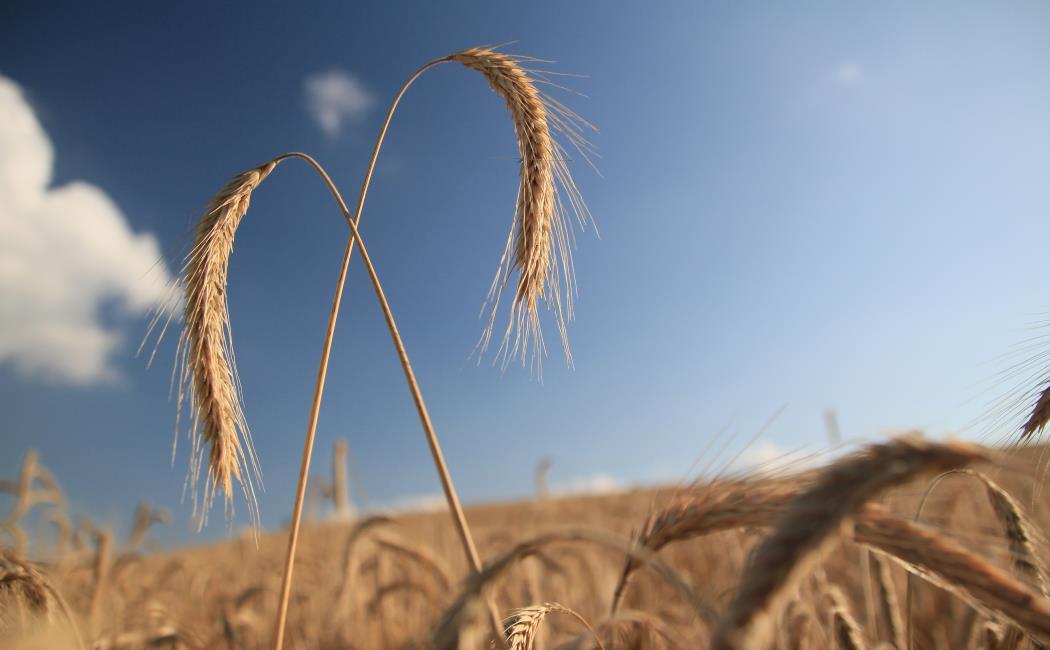
Wheat and barley on the other hand have evolved a plethora of disease resistance mechanisms. The genetic basis of these defense responses is encoded by disease resistance genes. These disease resistance genes are exploited in plant breeding to release wheat and barley cultivars with high levels of durable field resistance. Despite the importance of disease resistance genes for breeding and agriculture, only a small fraction of them has been cloned and molecularly studied so far.
A major problem that prevented rapid and efficient gene cloning in the past is that the genomes of wheat and barley are huge and complex. The undisputed leader among the cereals is wheat, whose genome consist of almost 17 billion nucleotides (17 Gb), outmatching the human genome by a factor of five. These large and complex genomes made the pinpointing of resistance genes to a specific region within the genome and the identification of candidate genes difficult, slow, and expensive.
A major focus of our research is on the development and use of novel genomic approaches that allow for a more rapid and cost-effective cloning of stress resistance genes in wheat and barley. These approaches include novel sequencing and scaffolding technologies as well as novel bioinformatics approaches.